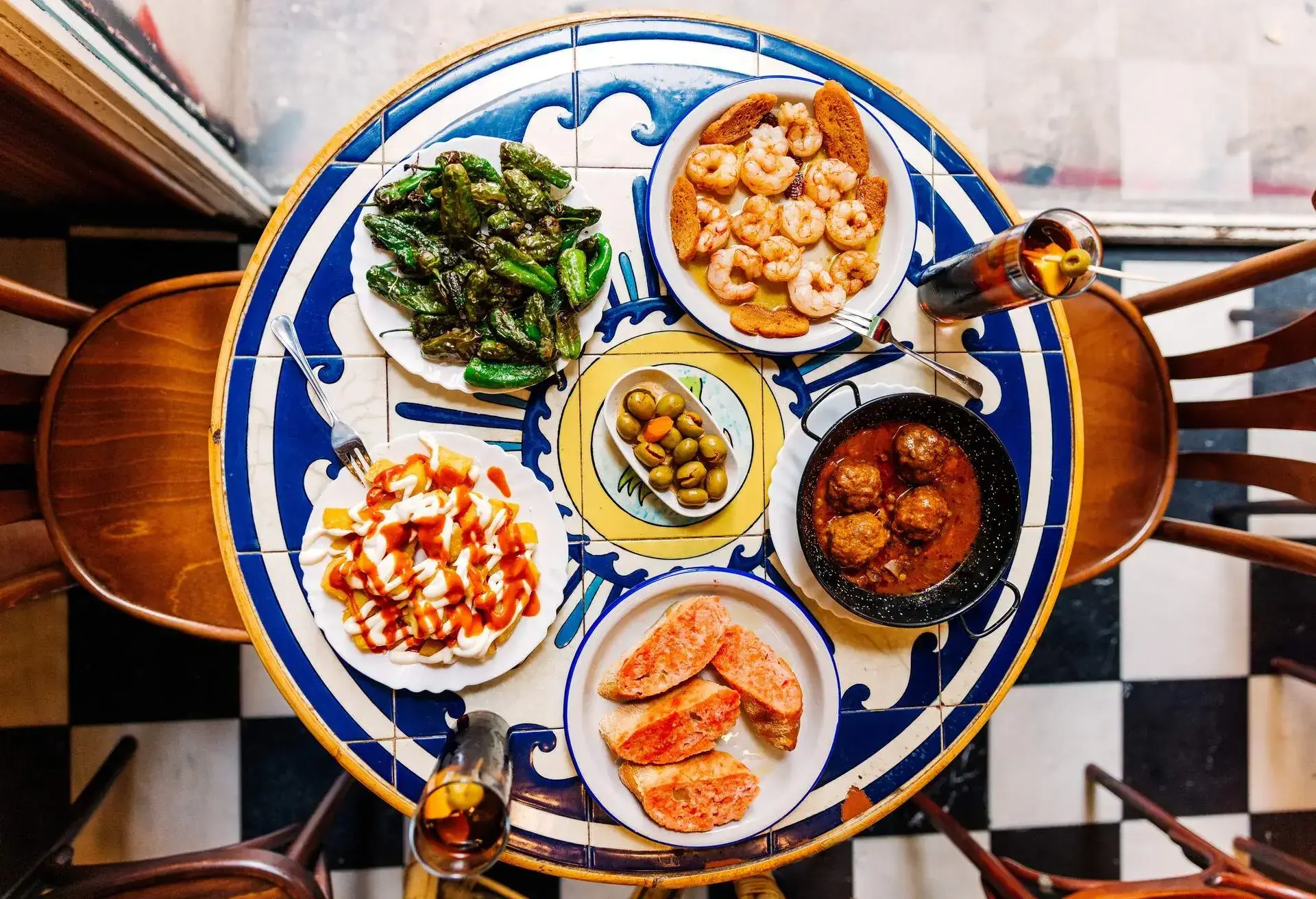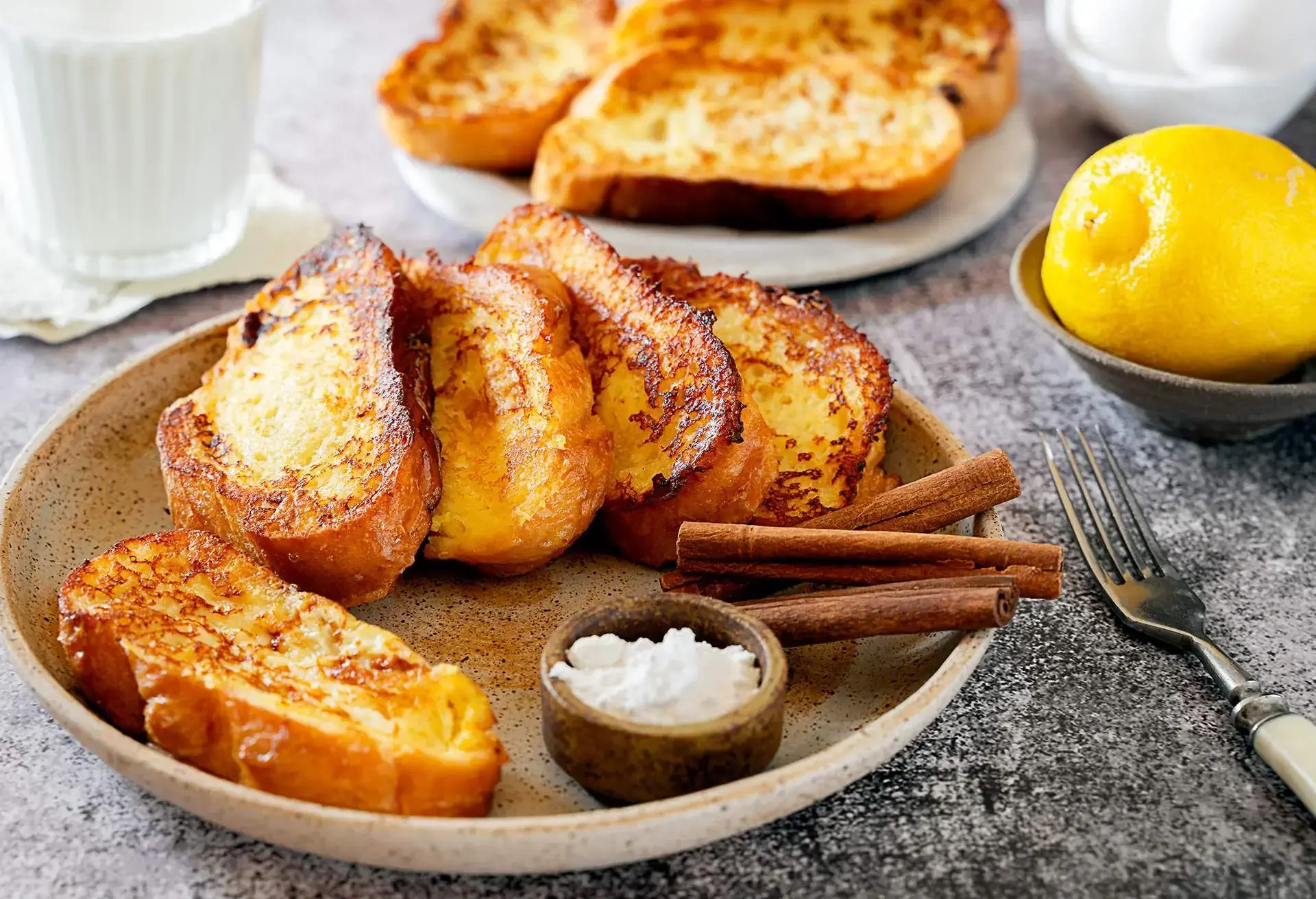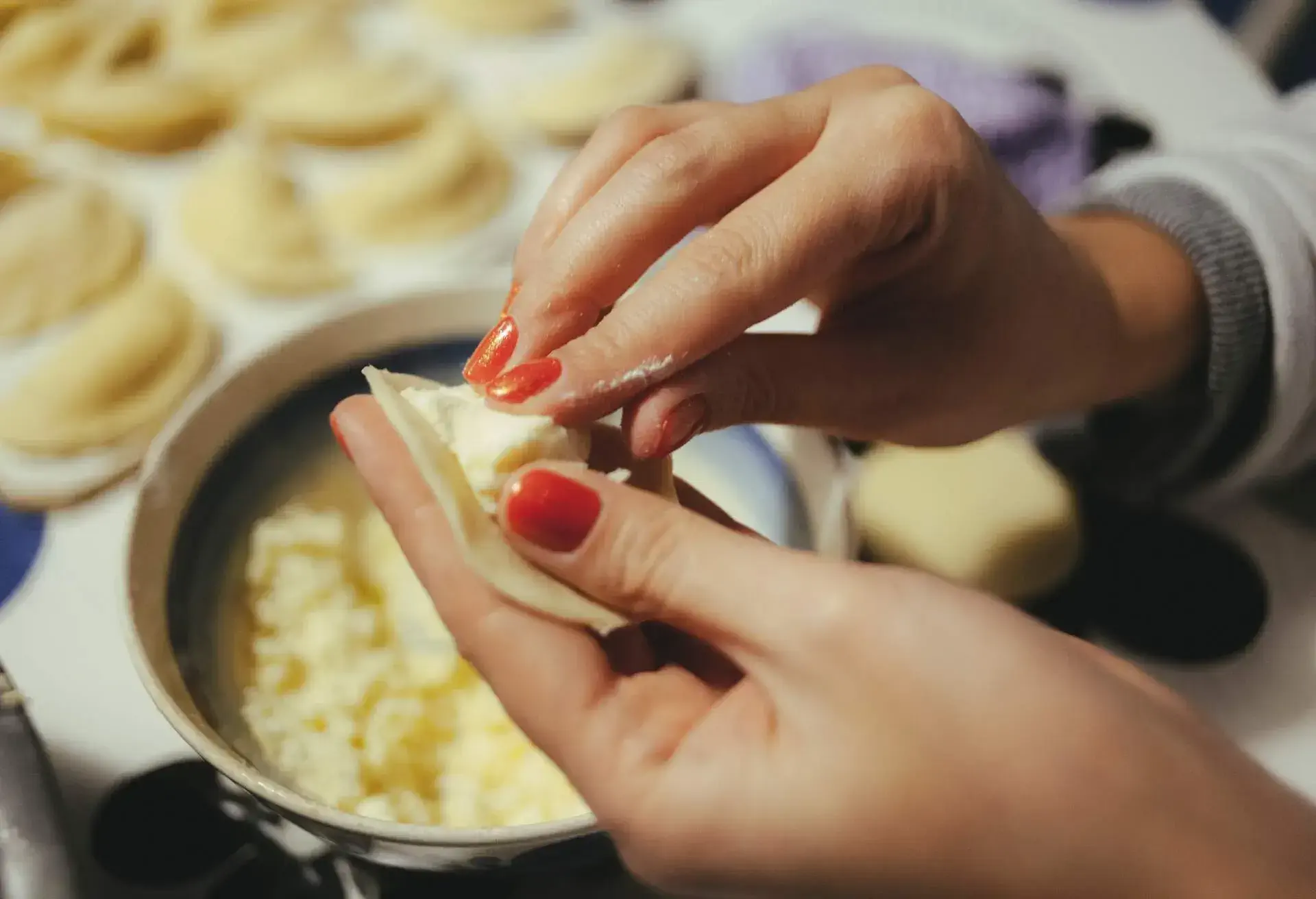Due to its geographical location, the traditional food of Spain has influences from Northern Africa, France, and the Mediterranean, resulting in varied, regional foods bold with flavours. Spain has taken the world of food by storm; it’s not surprising it has 242 restaurants with one or more Michelin stars. It is thought the coastal town of San Sebastian has the most Michelin-starred restaurants per square metre in Europe.
Explore the traditional Spanish Food through tapas
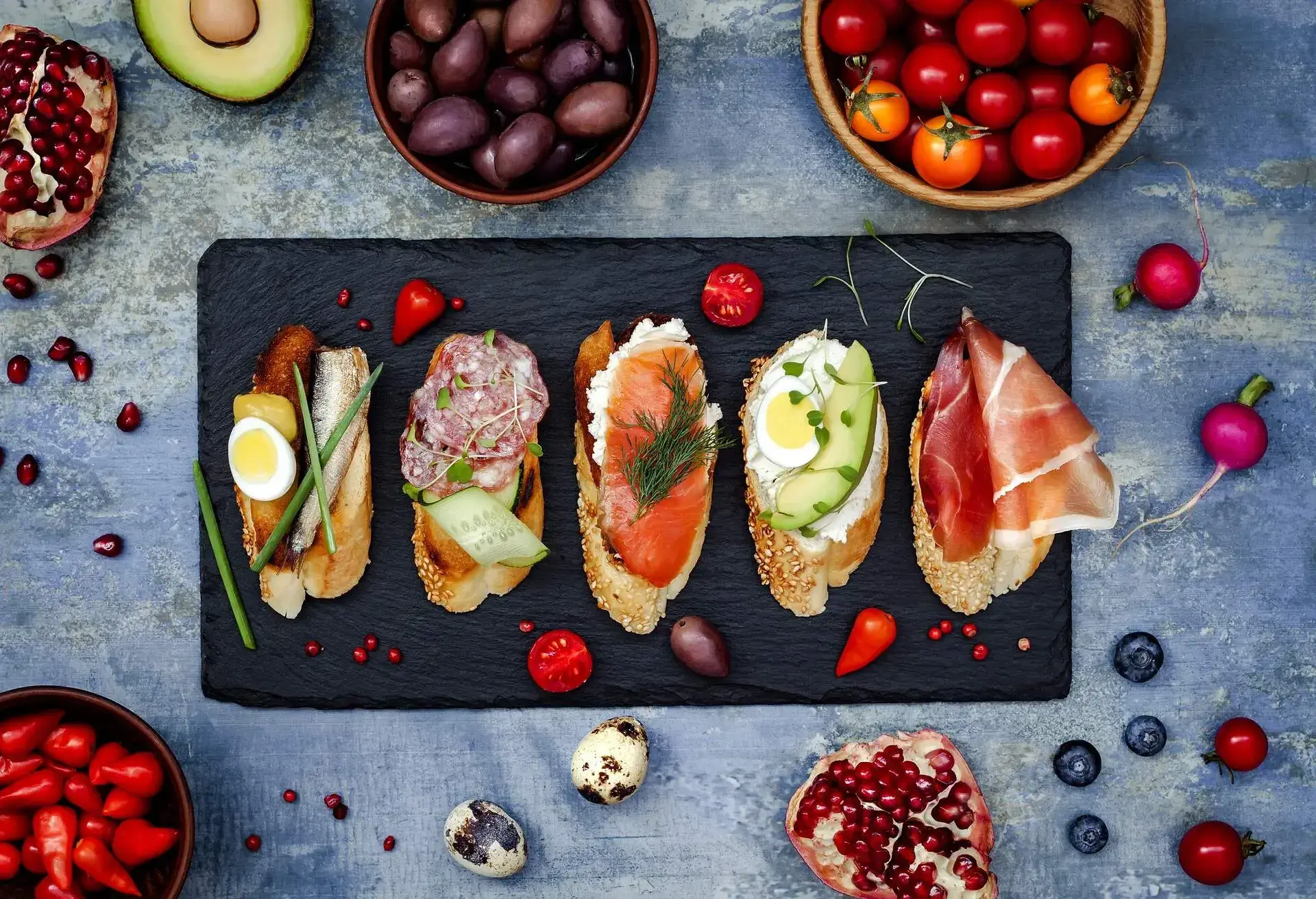
There are so many theories around the origin of tapas, a much loved and most recognisable element of traditional food in Spain. The most popular idea is King Alfonso the 10th declared no alcohol should be served without anything to eat after he’d been prescribed large quantities of wine during an illness and had eaten little bites to stem off the effects of the alcohol. One thing for sure is that its origins are from the southern parts of Spain, in Andalucia. Wherever its origins, the 16th of June is hailed World Tapas Day. Let’s try some of the most popular.
Jamon
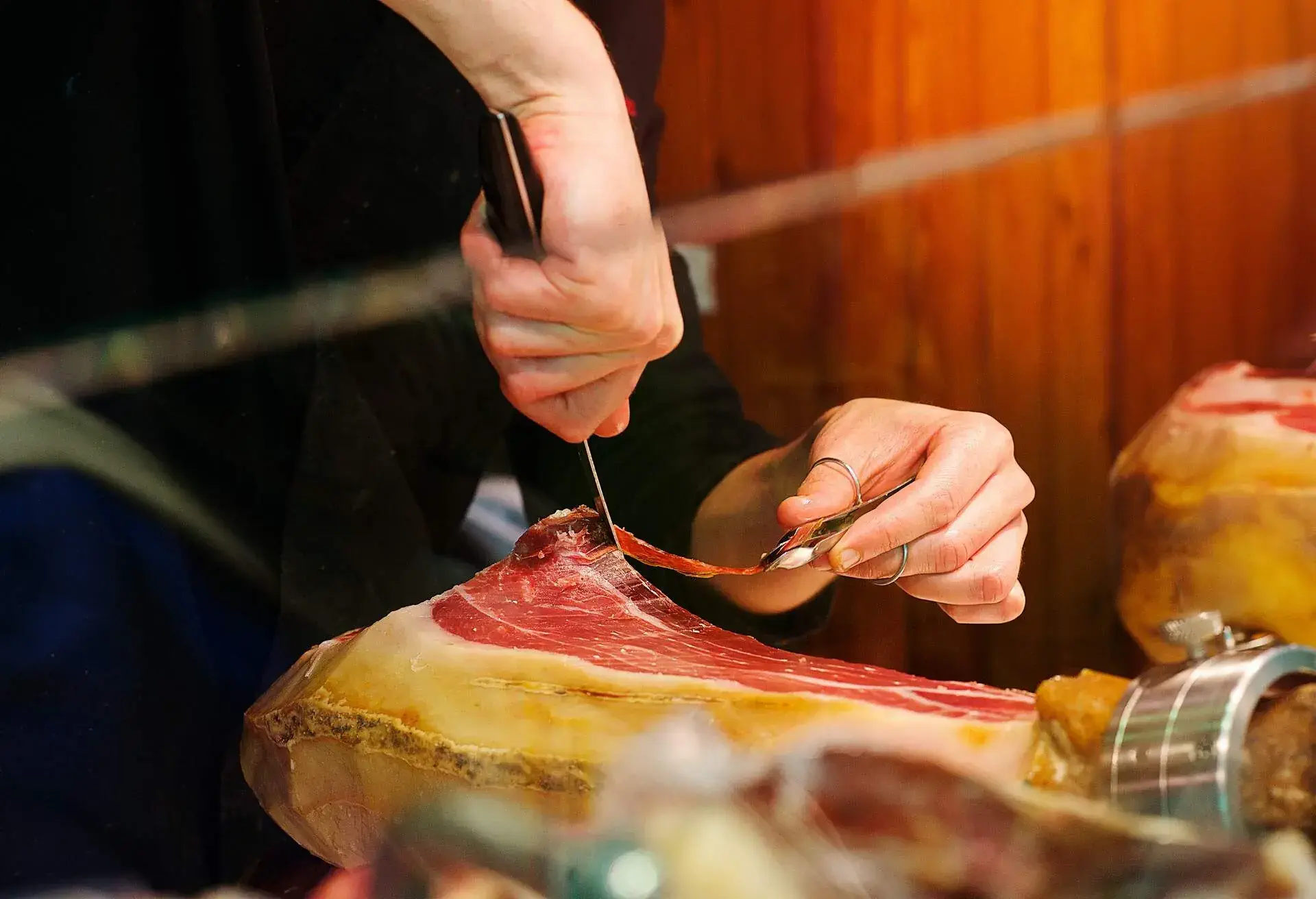
Not really a tapas dish but found amongst most tapas helpings now, Jamon is a staple of the Spanish table. Often had with a glass of sherry or cava before a meal, a good jamon should melt in your mouth. The standard serrano ham is from white pigs and dried for at least 36 months, whereas the more pricey Iberico ham comes from black pigs fed a special diet of acorns, which gives the meat its unique nutty flavour. Museo del Jamon in Madrid has become a local landmark, with all the hams hanging from its ceiling – there’s no better place to have yours.
Croquetas
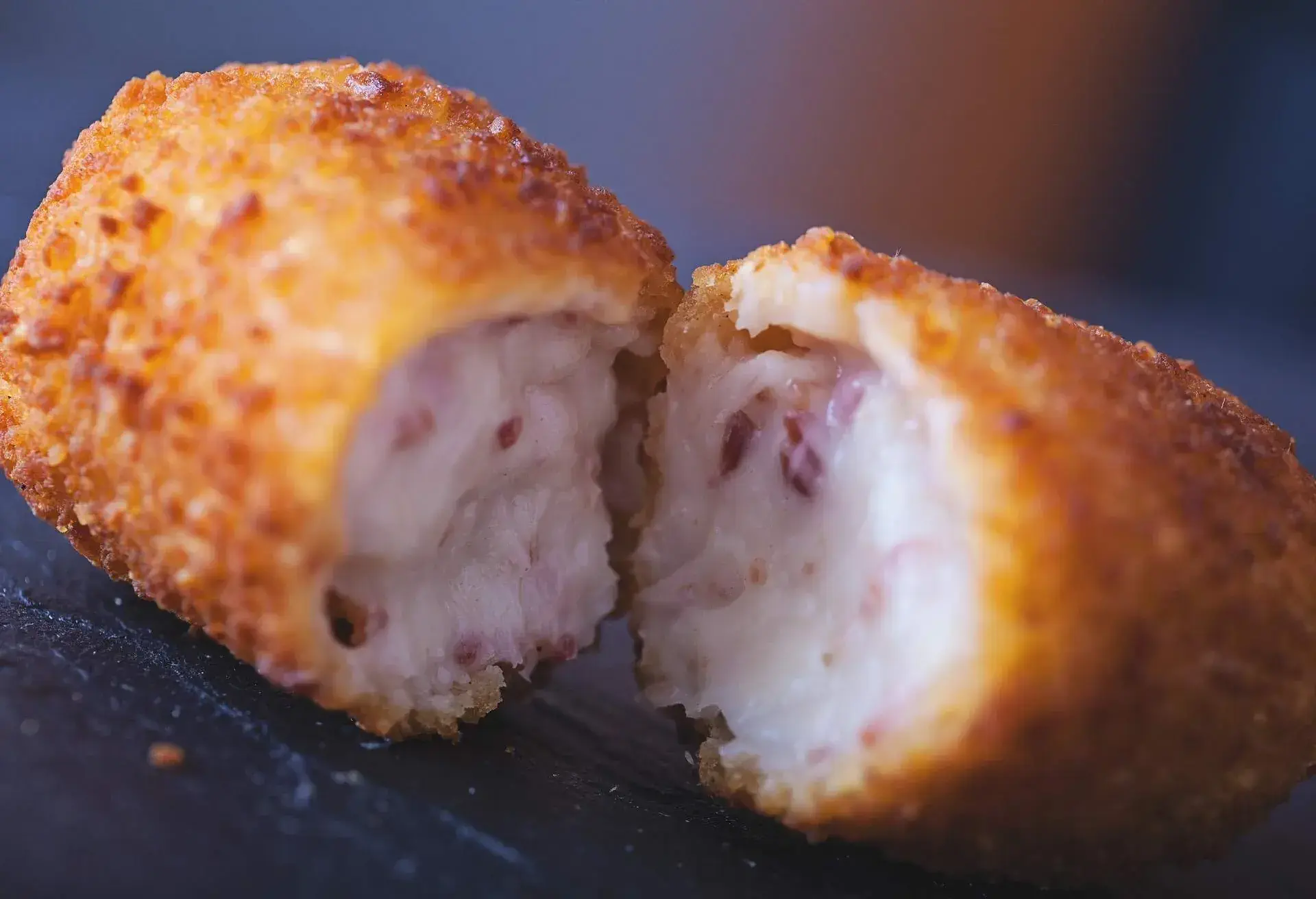
Croquetas are the quintessential tapas food. A crunchy deep-fried pocket of breadcrumbs surrounds a thick bechamel sauce, often flavoured with jamon or sometimes salted cod and even oxtail. Served with a glass of cold beer makes it the epitome of bliss. However, not all croquetas are created equal. Frequented by locals, Casa Julia in Madrid is the go-to place to try these.
Pimiento de Padron
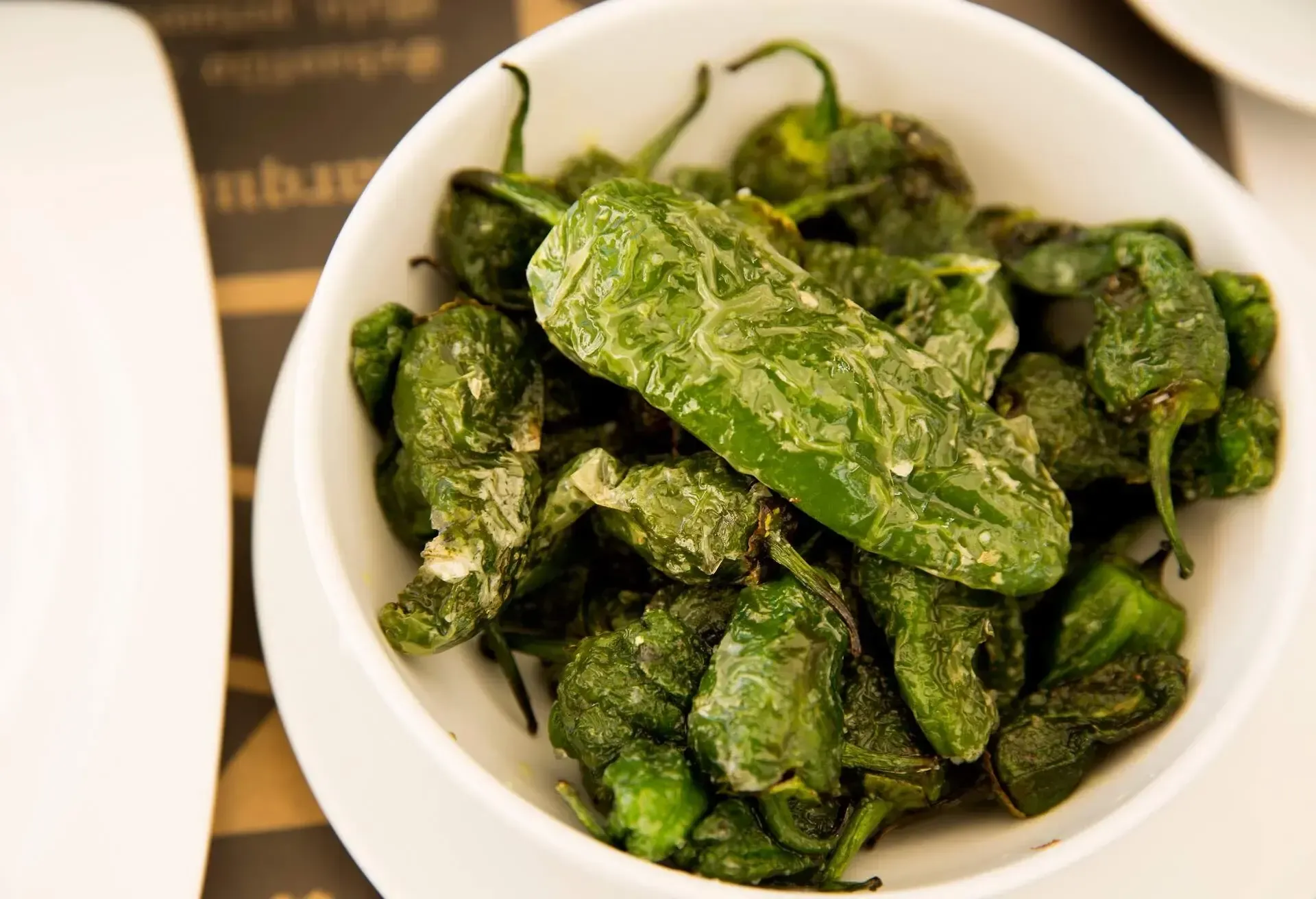
Hailing from the rainy northwest of Spain in Galicia comes pimiento de Padron. These fried green peppers sprinkled with a touch of salt are sweet and mild; an occasional surprise of heat makes them a delight. Best eaten from May to September when they are in season, Cervecerias La Mejillonera in San Sabastian does not disappoint.
Albondigas
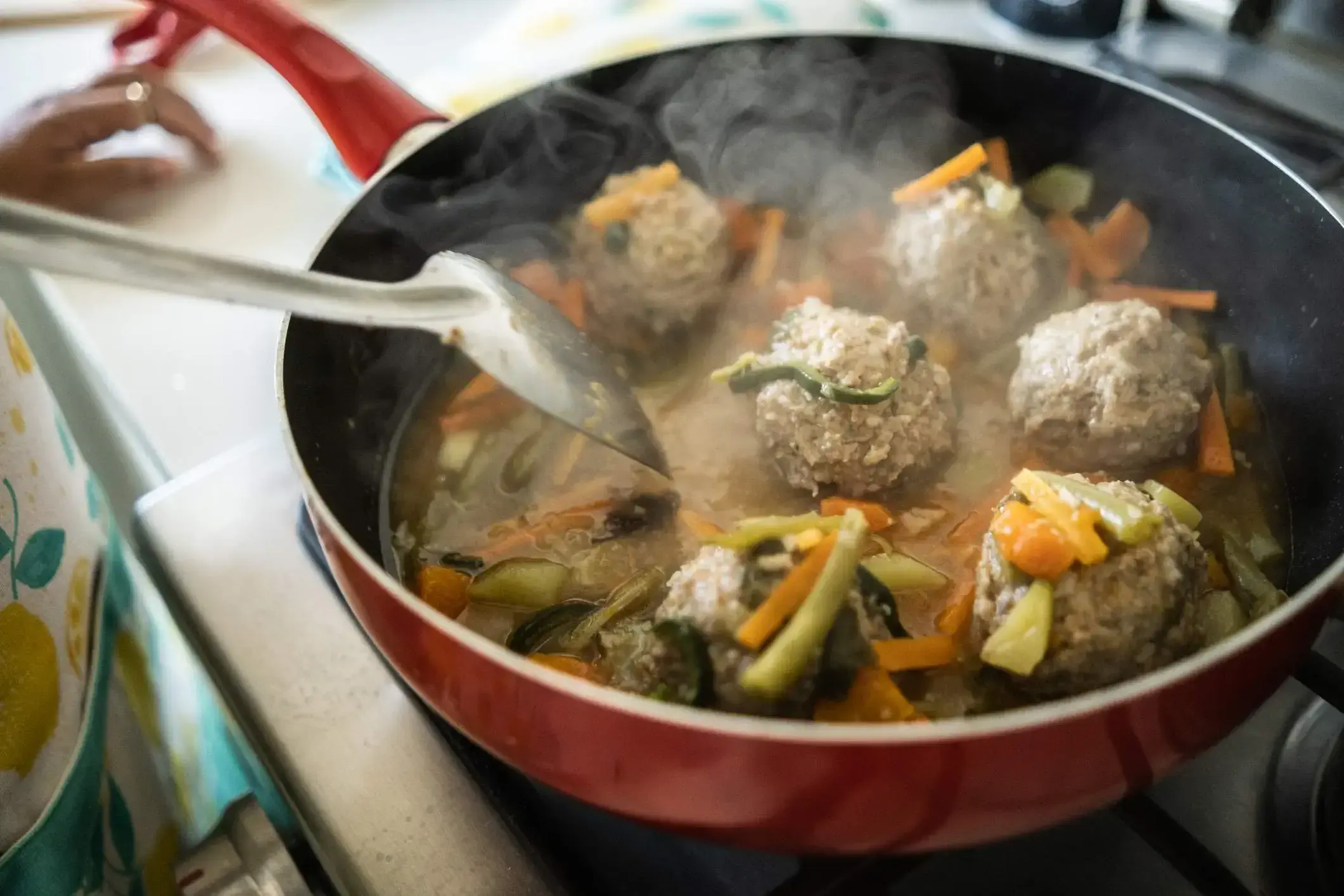
Albondigas is Spain’s version of meatballs, smaller than their Italian counterparts and eaten as tapas. These come in a choice of tomato-based sauces, with very little seasoning other than salt or a drizzle of an almond sauce, to allow the flavours to sing through. Try them at Cafe OMKA in Granada.
Patatas bravas
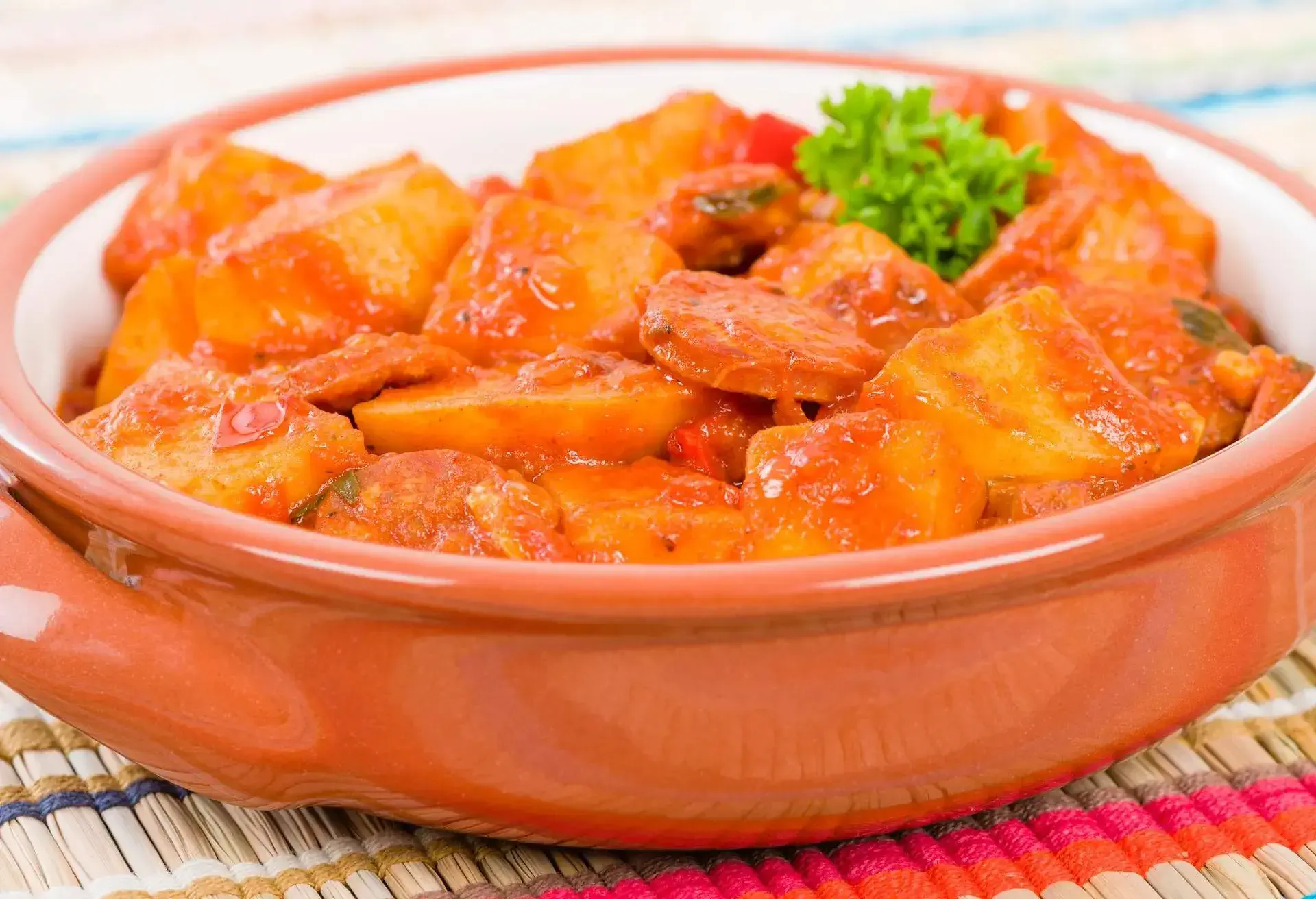
Hardly chips, patatas bravas (brave potatoes) are medium-size diced potatoes shallow-fried until crisp. Turn up your snobbish foodie nose if anyone tries to serve them to you with mediocre ketchup or garlic mayonnaise. They should be smothered in a tomatoey and fiery cayenne relish (that’s where the brave comes in) or aioli, sometimes both.
Tortilla
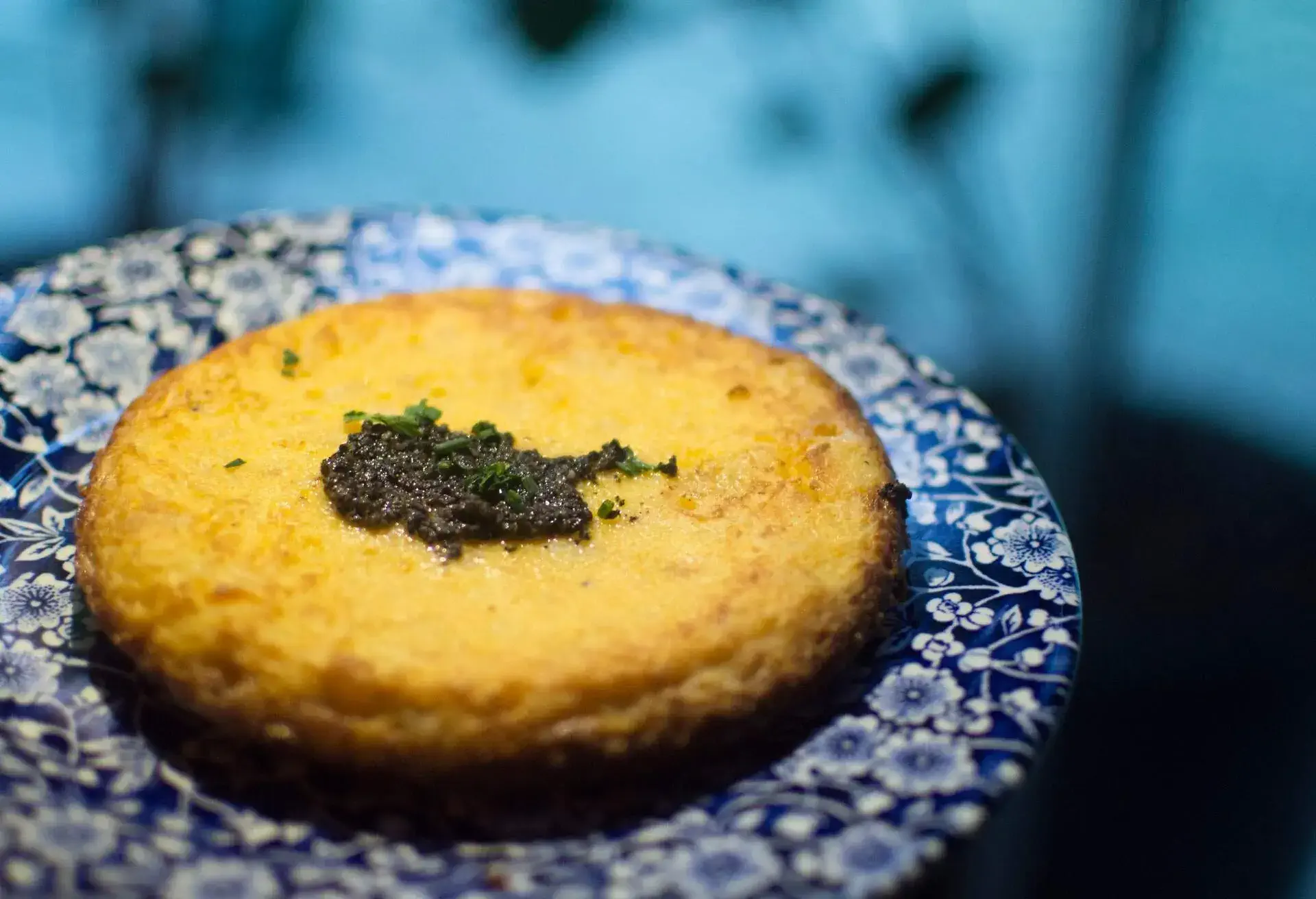
To the onion, or not to onion; that is the controversial question that accompanies the humble tortilla. No matter what region you come from, the base ingredients are egg and potato, fried together with astonishing results. Get your name on the list early at Bar Nestor in San Sebastian, which has been going for over 40 years – it is legendary. Only 16 slices are available, twice a day, and are restricted to one slice per person. Turn up first thing to get your name on the list for lunchtime or the evening.
Savoury traditional Spanish food
The heart of Spanish cuisine lies in humble rustic cooking. From the days when people had to work the land for everything it could give, many dishes have made it to tables in top restaurants.
Paella Valenciana
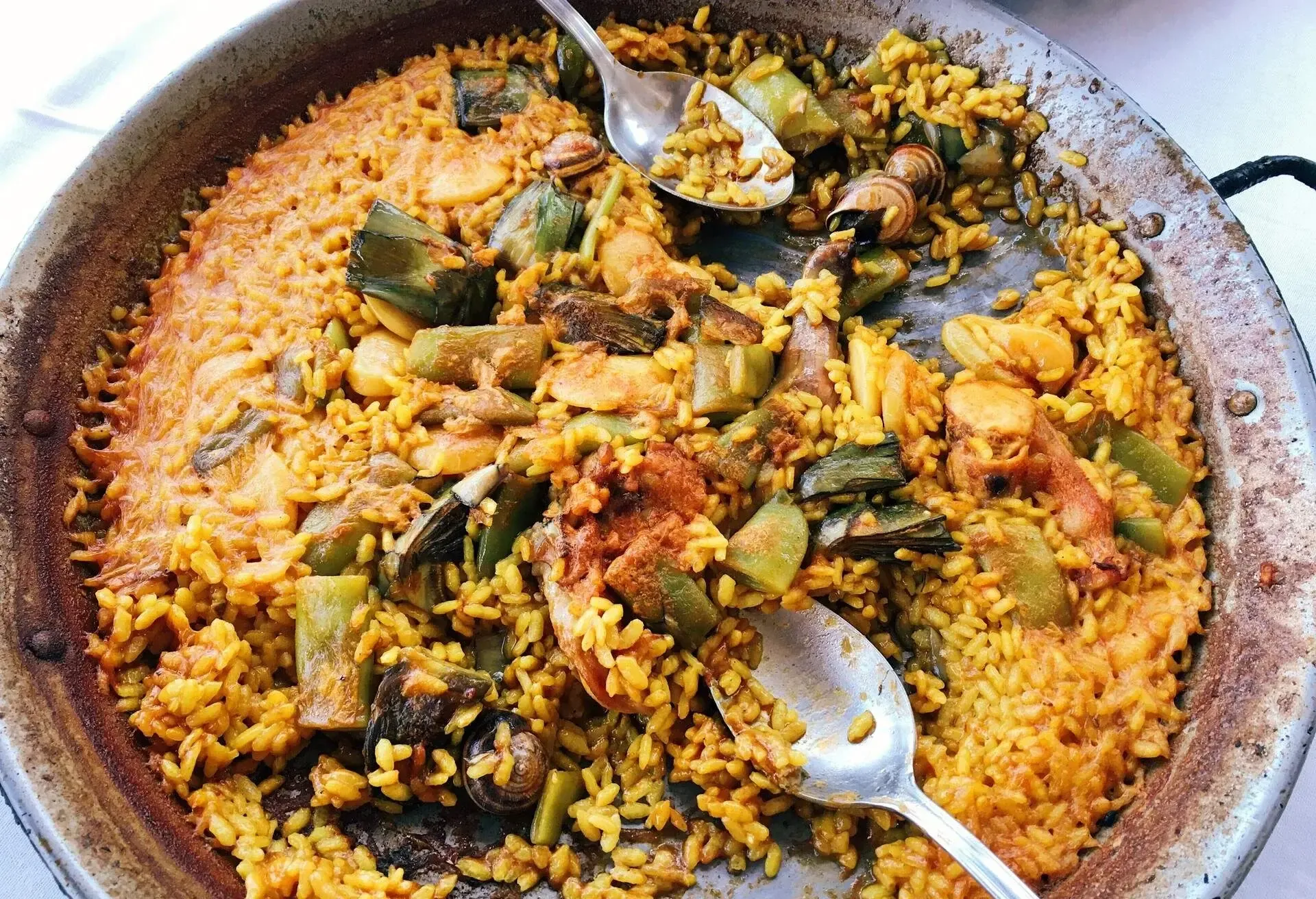
Probably the most famous of Spanish foods, paella is also the most misinterpreted. Originating from Valencia, a good paella has the pungent flavours of saffron and is cooked in a shallow frying pan until the base crisps up, usually with rabbit and chicken or seafood. This slightly blackened crust is called socarrat and is what makes a paella.
Migas
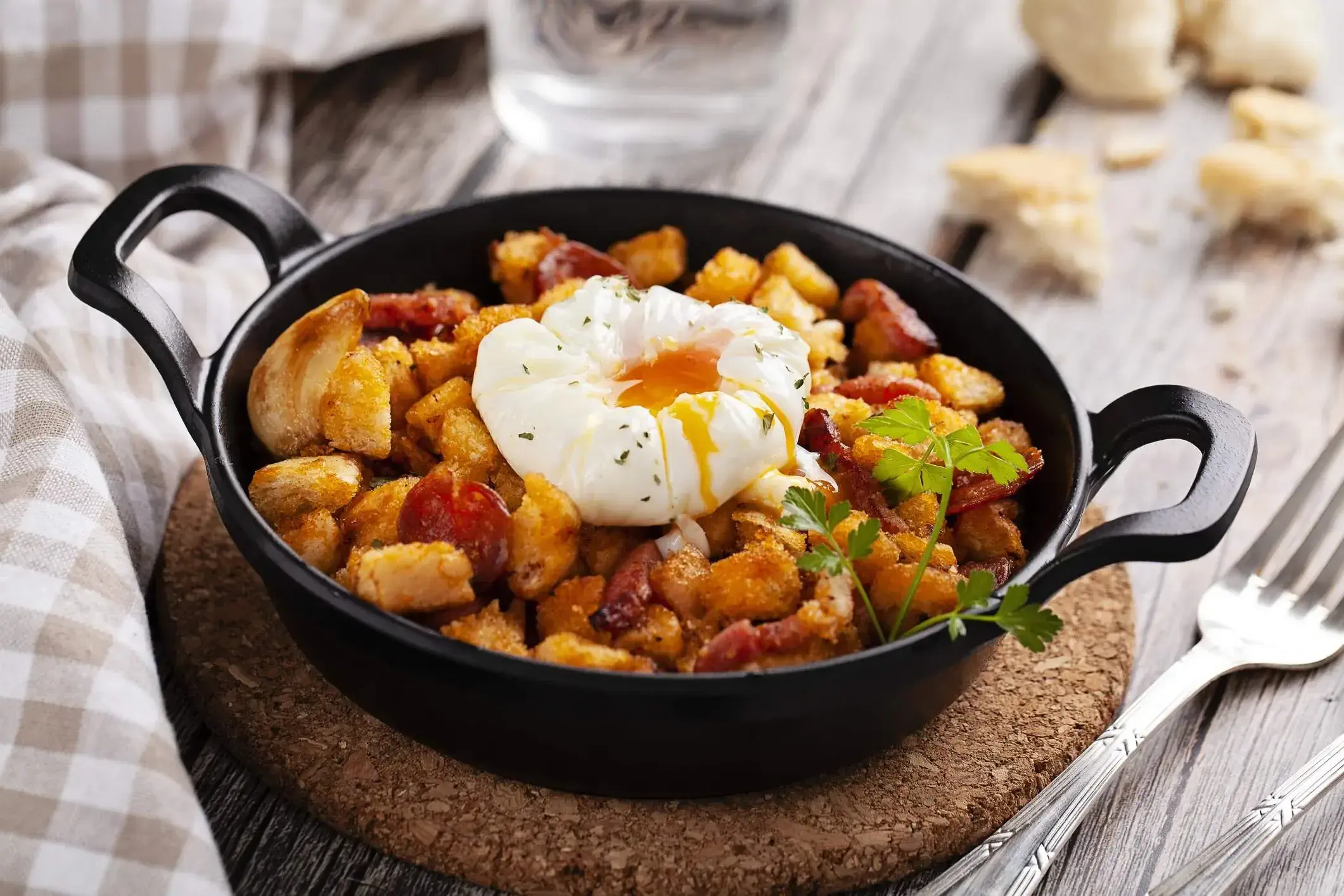
An esteemed dish that exemplifies the use of humble ingredients is migas, translating to breadcrumbs. This is also the main ingredient of the dish that is revered by many Spaniards. It’s thought to have originated with farm labourers in Andalucia, who had to be well fed for the day ahead but were frugal and didn’t want to leave anything to waste.
Traditionally, breadcrumbs are fried with chorizo and bacon – breakfast has never tasted better. I suppose these days you can afford to be frivolous and top it with a fried egg for your Instagram photo.
Bacalao
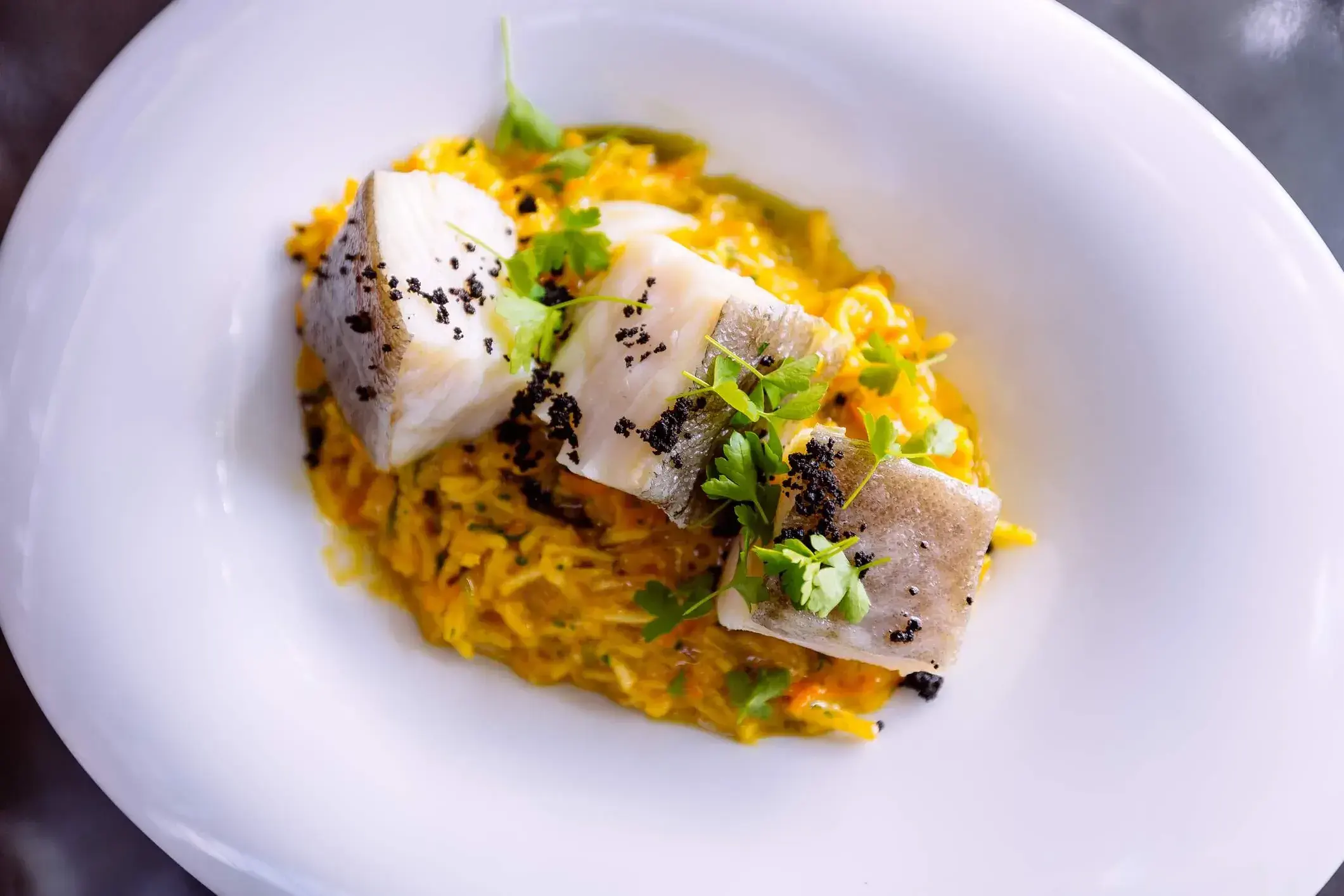
Bacalao, or salted cod, is a dish originating in the Basque country of Spain. It’s thought that fishermen who were not able to find fish in the local waters would travel as far as Norway, and would then salt their catch in order to preserve it for the journey – the birth of a beautiful dish.
The fish is soaked for 24 hours to remove any residues of salt, before being shallow fried. Traditionally, a simple-sounding pil-pil sauce (made from olive oil, garlic, pickled chillies and the juices from the fish) is expertly swirled to form an emulsion and accompanies the fish. Gure Toki in Bilbao is a fabulous place to try this and other authentic dishes.
Fabada
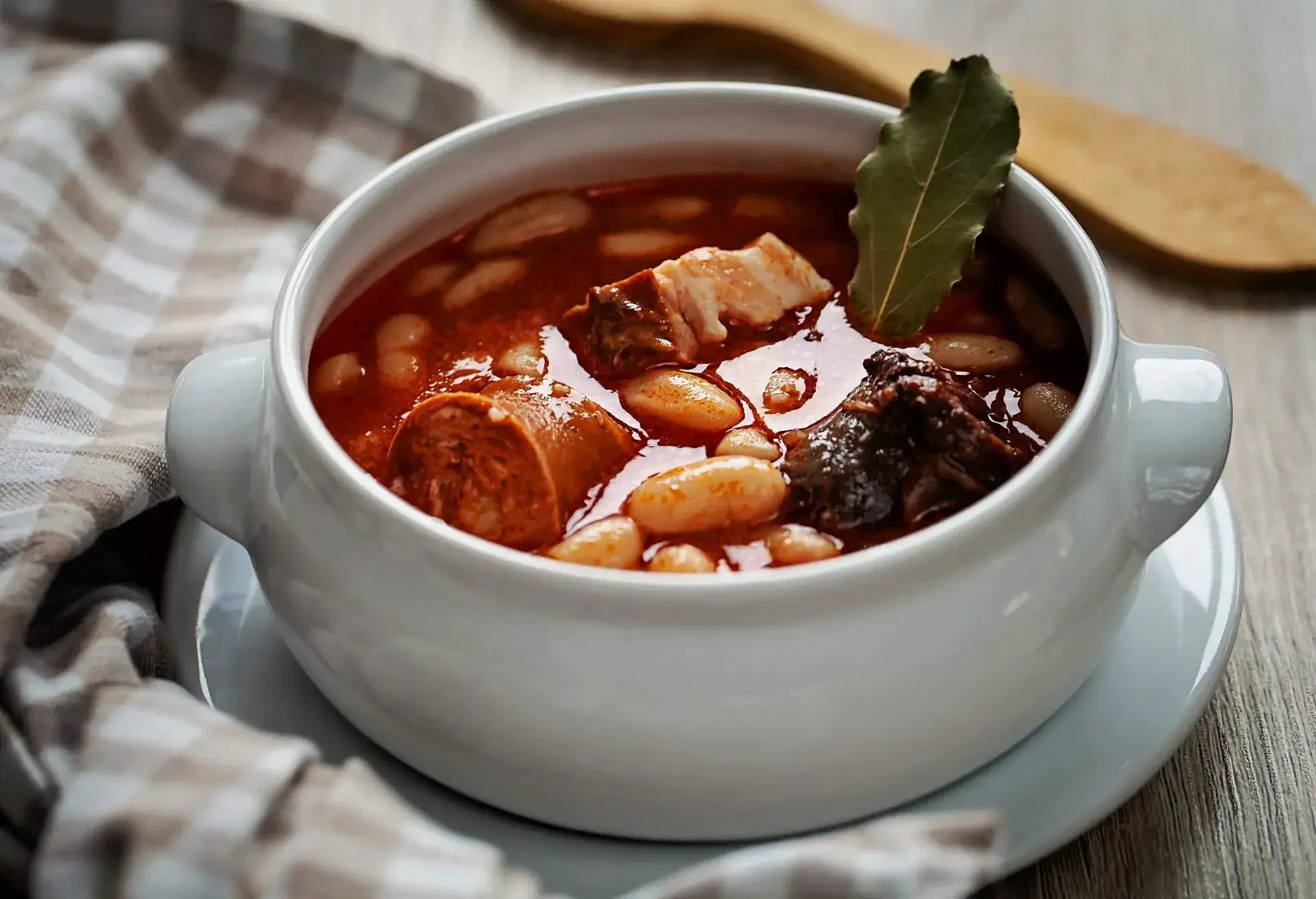
From the north western Asturias region, fabada (or fabada asturiana to give its full name), is a one-pot wonder that has got to be featured amongst the traditional foods of Spain. This is Spain’s answer to a cassoulet, made with faba beans, a variety of broad beans, chorizo, pork belly, and bacon. It sometimes includes morcilla, a Spanish blood sausage that tastes better than it sounds. The results are the tastiest, most heart-warming winter meal you’ll find. The upmarket Casa Gerardo in Prendes serve it in style.
Sweet traditional Spanish food
Spain is more famous for its savoury dishes than it is for desserts, but there are a variety of delicious gems out there, some common and some not so well known.
Churros
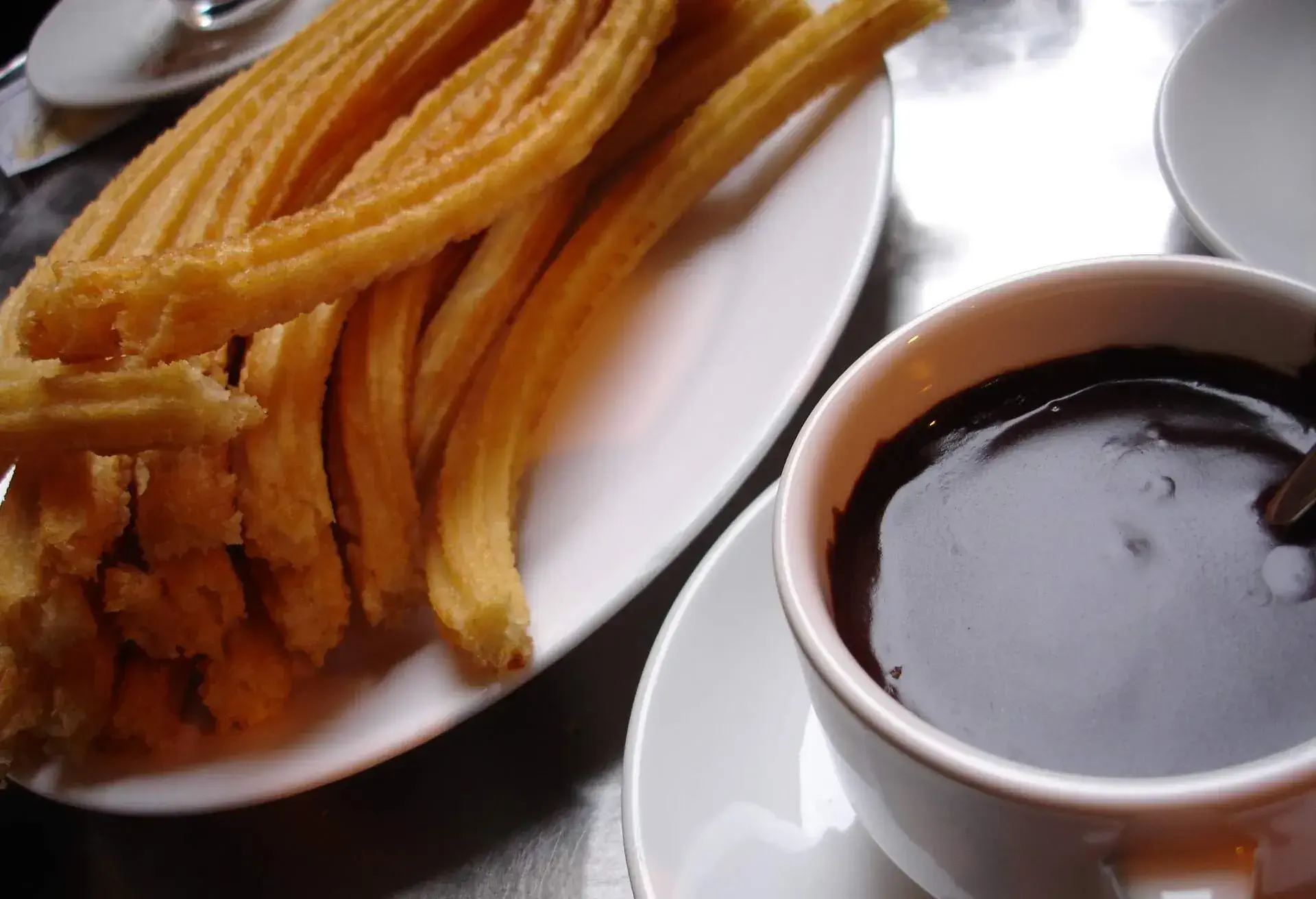
It gets rather complicated when it comes to the origin of churros. Some claim it’s a descendent of a fried Chinese pastry brought back to Iberia by Portuguese sailors, whilst the Spanish go with the story of Spanish shepherds who fried dough of flour, salt, and water (the base of a churro). Whatever the story, they are addictively delicious.
A choux (cooked dough) of the above ingredients is fried in thin finger-like shapes, rendering them crispy before being doused in sugar. Having them dunked in a cup of thick hot chocolate is customary. In Barcelona, you can get them at Xurreria San Roman, who has been handmaking them for over 50 years. La Antigua Churreria in Madrid, The Old Churros Parlour, is a family-run churreria that’s been serving them since 1913.
Leche frita
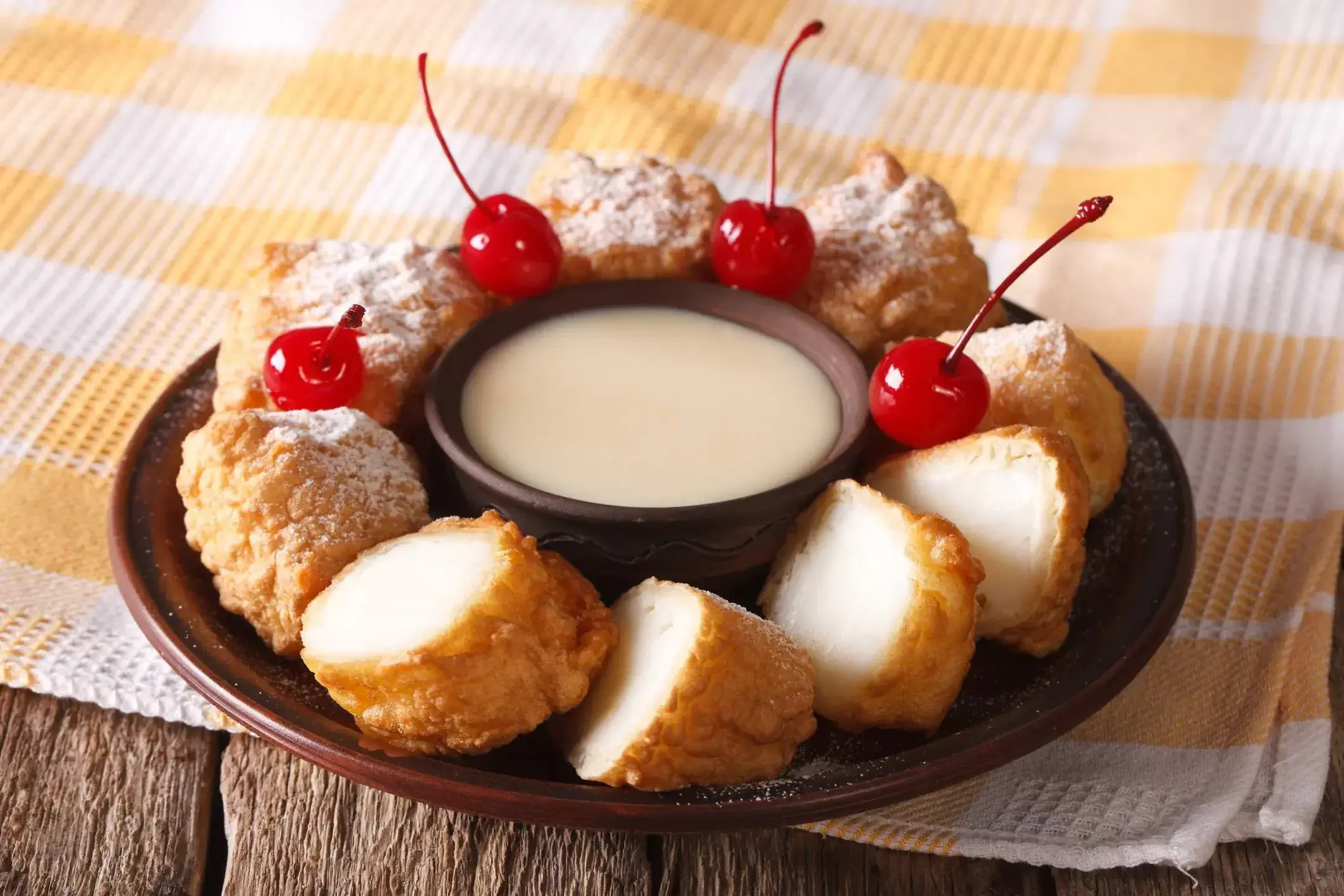
Translating to ‘fried milk’, leche frita’s ownership is highly contested by Castile, Leon, and the Basque country. Some traditions claim they were first made by nuns who needed to make money for their convent. Traditionally only eaten at Easter, you can indulge in this utterly moreish dessert any time of the year.
Milk, flour, eggs, and sugar are whipped up and left to solidify before being fried, rolled in cinnamon, and served up.
Tarta de Santiago

A dessert that can trace its heritage back to the 15th century is Tarta de Santiago, with a literal translation of “cake of St James”. It received a PGI status in 2010, something only a cake with the prerequisite ingredients from the region of Galicia can obtain.
Finally, a dessert that a gluten-free enthusiast can enjoy, too. The cake is made with almond flour, sugar, and orange zest. It’s then dusted in icing sugar with an imprint of the cross, which gives it its name. It’s chewy, delicious, and almost guilt free – enjoy it with a good coffee.

